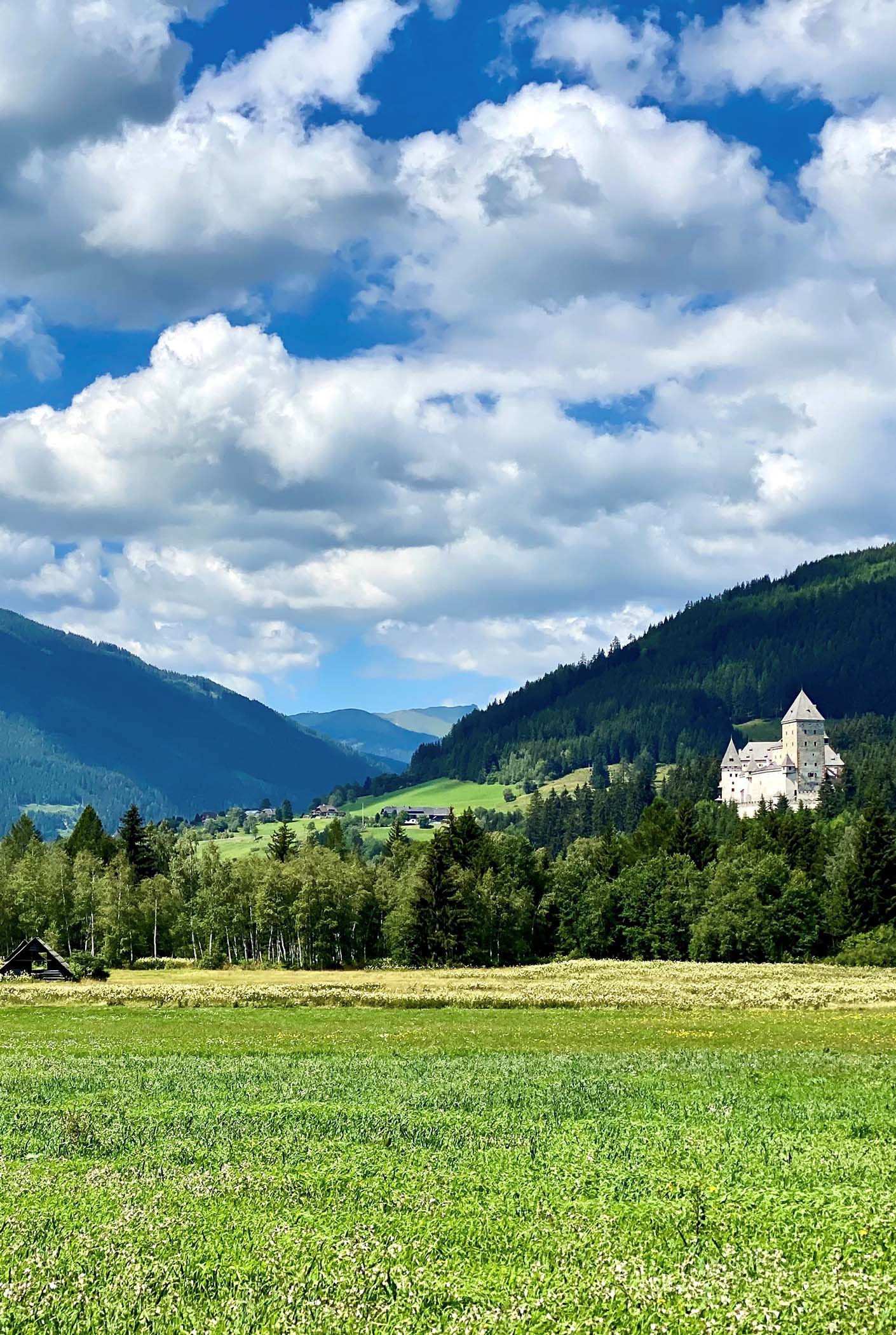(i) Environmental profiles of agroecosystems and the food value chain were assessed in the European context, (ii) environmental assessment of organic dairy farms with closed regional production cycles were implemented in the Lungau case study and (iii) measurement and modeling of methane emissions and greenhouse gas fluxes under the boundary conditions in the case study Lungau carried out.
The study on the environmental profiles of European agroecosystems highlights opportunities for improvement for process engineers focused on optimizing technologies and for farmers those focused on optimizing their nutrient management. A combination of technology and agriculture can reduce environmental impacts if used well.
In the study of the environmental assessment of organic dairy farms in the Lungau case study, three key production parameters were identified that determine the environmental impact of milk production in a closed production cycle in a marginal yield area, namely (1) the stocking density (2) the concentrated feed fed and (3) the purchased feed Roughage. Using these inputs at moderate intensity, the extensively managed Lungau farms can make a competitive contribution to food production and thus underline the importance of location-adapted agriculture.
The study on measuring and modeling methane emissions and greenhouse gas fluxes under the boundary conditions in the Lungau case study showed that low methane conversion factors can be achieved when feeding medium to high quality feed and only small amounts of concentrates are added, while most previous studies showed a decreasing one Methane conversion factor with increasing concentration feed content in the ration. Furthermore, comparatively intensive feeding strategies based on regional feed appear to be the best option for reducing the climate impact of milk production in the Lungau case study region.
Report on environmental profiles of agroecosystems and the food value chain













